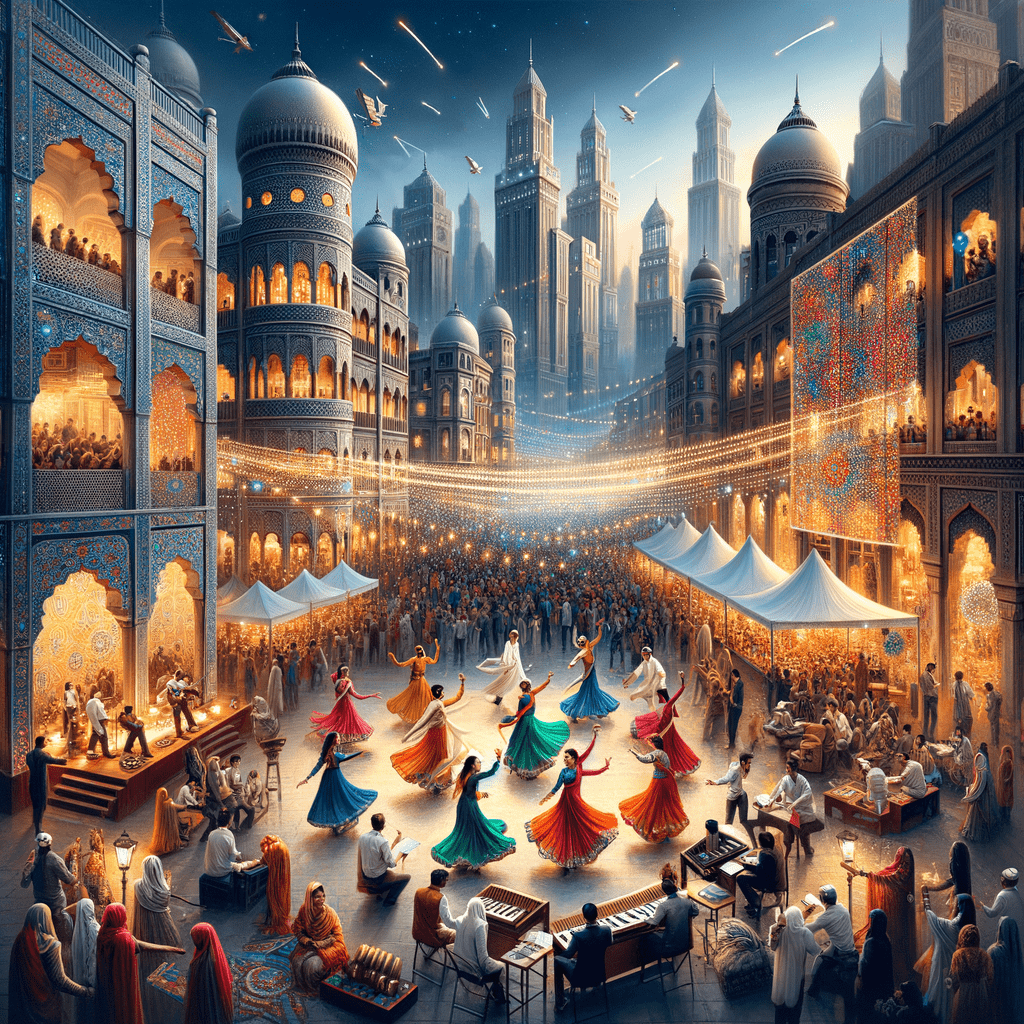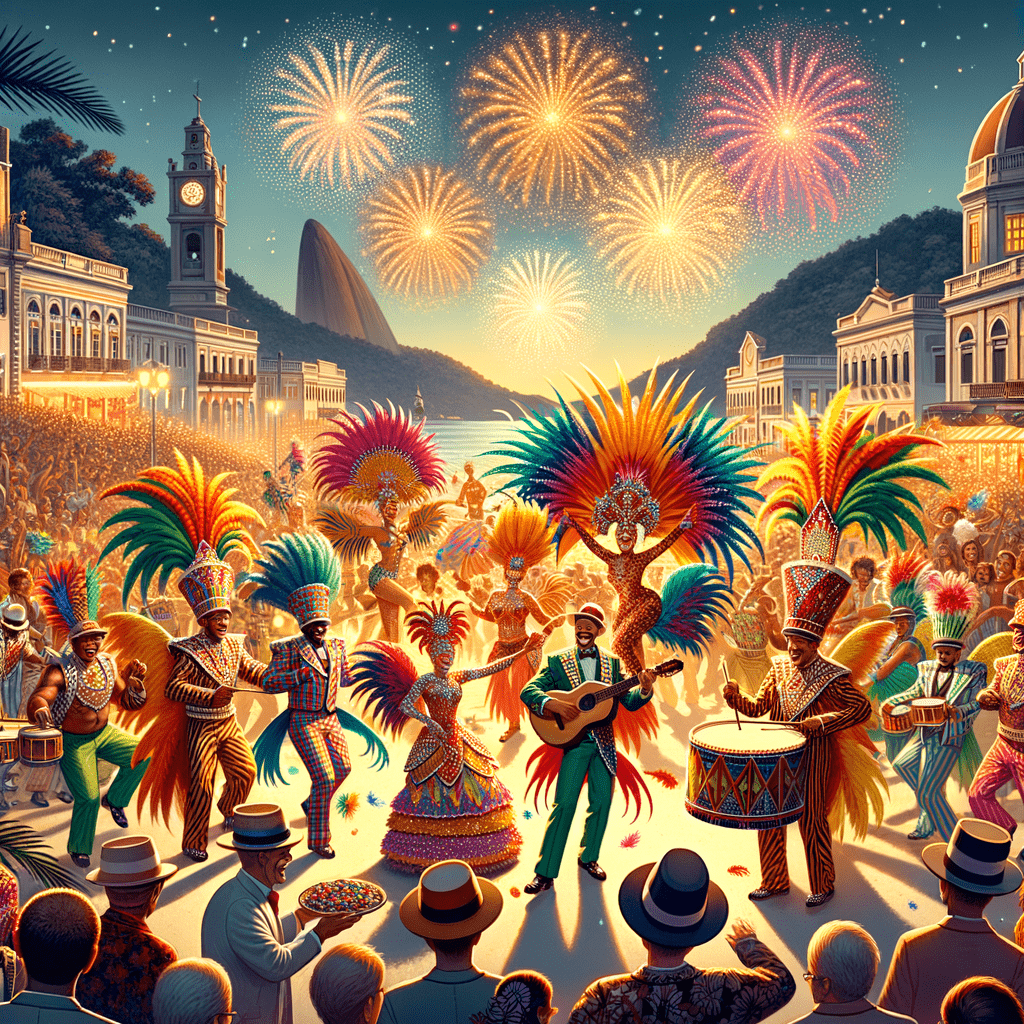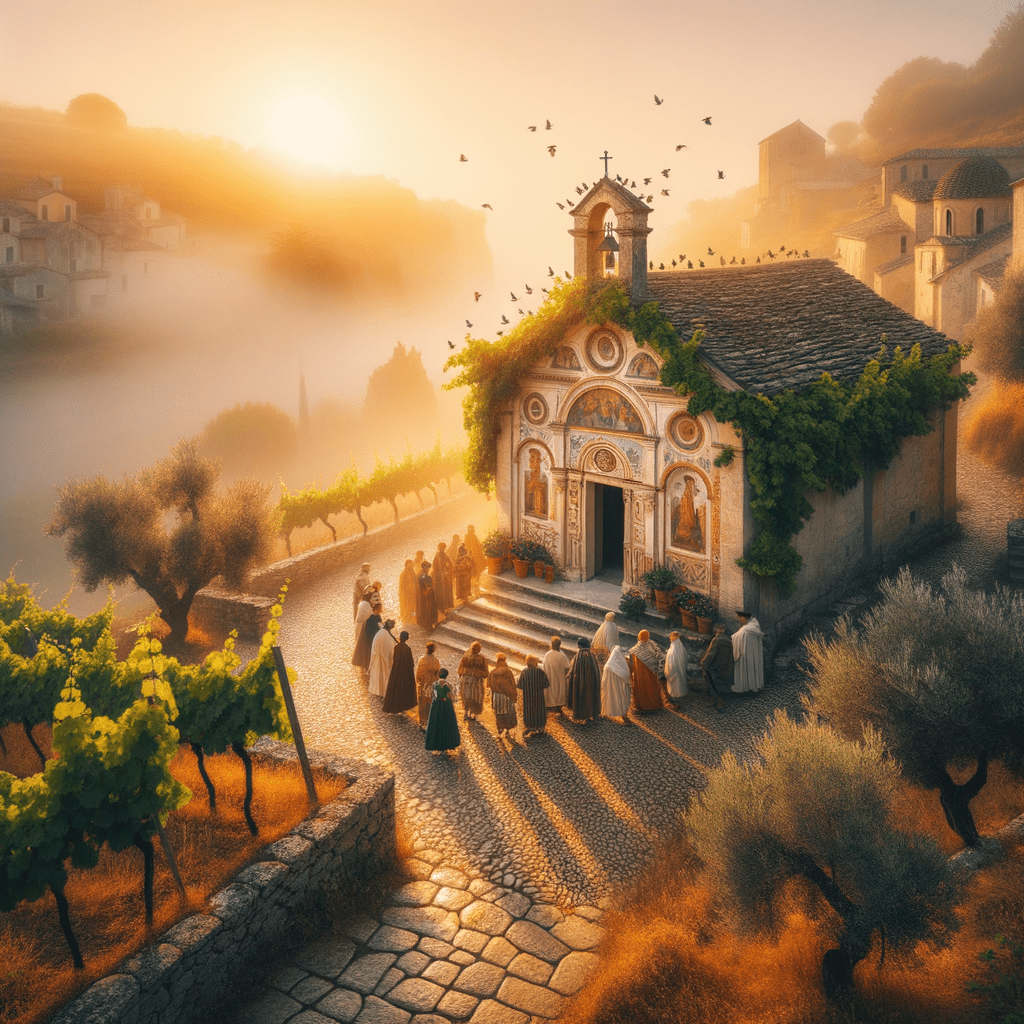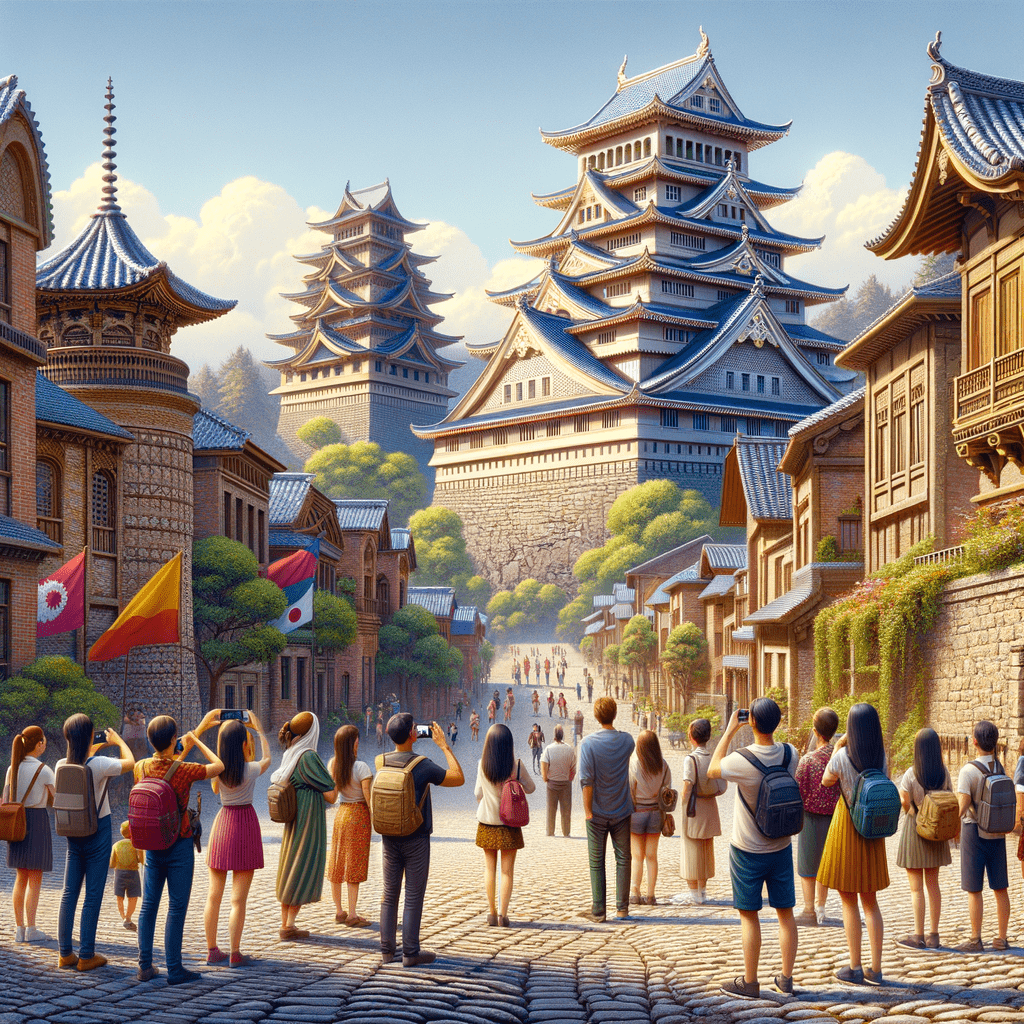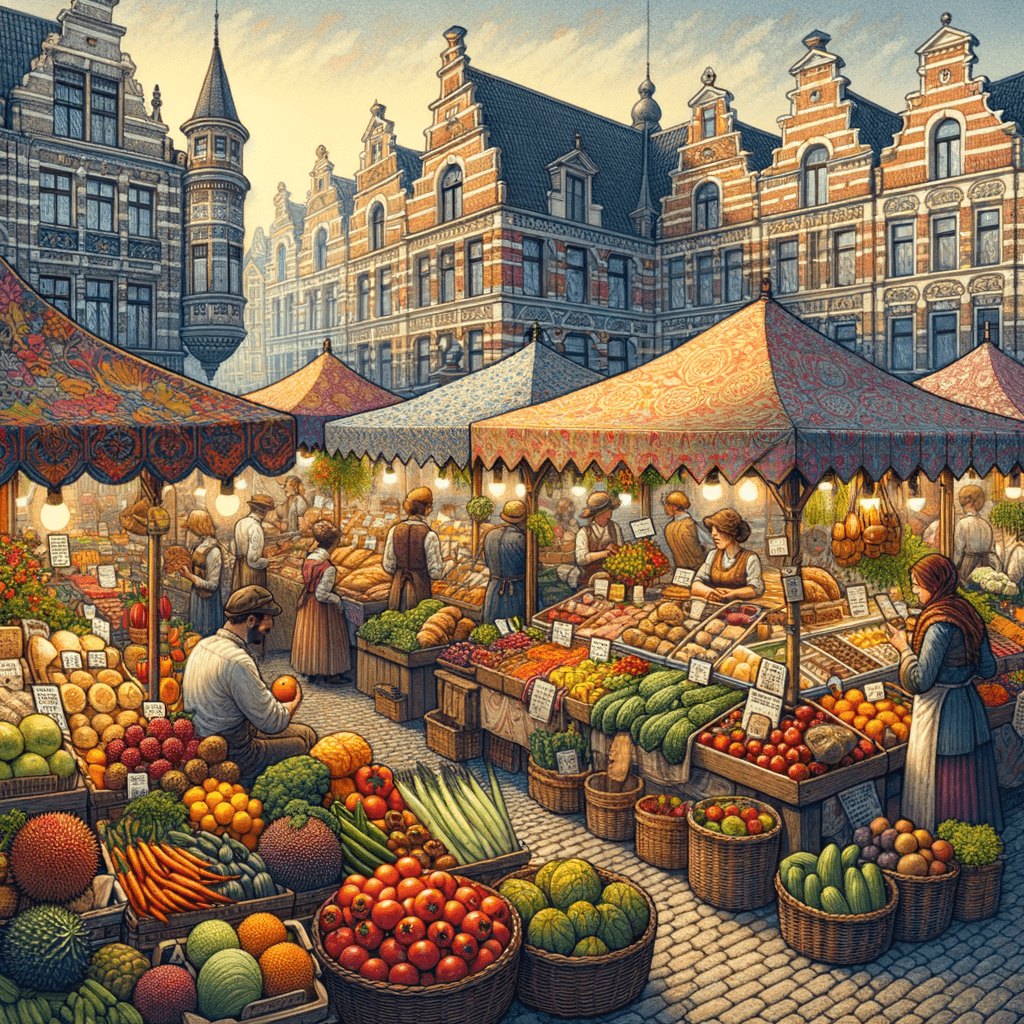You know, sometimes it feels like tech is taking over everything. I mean, even my grandma finally got on TikTok! So, I totally assumed that ancient customs would have fizzled out by now, becoming just stories in dusty old books. But, as it turns out, I was wrong. When you take a closer look, you’ll find that some ancient rituals are still alive and thriving today! Seriously, it’s both mind-boggling and kind of heartwarming. Let me share some of my little discoveries with you.
The Whirling Dervishes of Turkey
Picture this: people spinning around in flowy white skirts, arms reaching out to the heavens, completely lost in a trance. Sounds like a Hollywood scene, right? But nope, it’s as real as a heart attack. The Whirling Dervishes in Turkey are part of a Sufi Muslim tradition from way back in the 13th century. The first time I saw it, I was like, “What on Earth is happening?” Yet, there was something mesmerizing about it.
The dance, called the Sama, is all about connecting with the divine. They spin to symbolize the planets and the universe’s flow. Deep stuff, huh? It’s not a tourist gimmick—this is a rich expression of faith, drenched in spiritual meaning. Just imagine that!
Day of the Dead – Mexico
Okay, if you’ve glimpsed those striking sugar skulls, you’re somewhat familiar with the Day of the Dead in Mexico. It’s not just a parade of colorful face paint and decorations; it’s a heartfelt tradition where families honor their deceased. When I wrapped my head around this custom, it gave me chills—it’s about celebrating life, not grieving over death. Talk about perspectives!
Building the altars for this celebration is an art in itself—complete with marigolds, bread, and those iconic sugar skulls. Each element carries its own significance. Honestly, part of me was a bit envious; what a beautiful way to keep loved ones close in spirit. Makes you think about those who’ve gone, right?
Japanese Tea Ceremony
I always knew the Japanese were a detail-loving bunch, but the tea ceremony is a whole other level. Initially, it looks like a simple act of making tea, but folks, it’s anything but. Chanoyu, or the Way of Tea, is a ritual all about the purity of each moment. The meticulous movements were so graceful, they kind of made me rethink rushing through life. We’ve got beauty in the small things, if only we’re willing to see it.
The Sinulog Festival – Philippines
Here’s a story that I can’t shake: the Sinulog Festival in Cebu, Philippines. Every January, the city transforms into a symphony of dance and devotion. It’s a tribute to the Santo Niño, and it’s as vibrant as a kaleidoscope.
Imagine being swept into this parade of dance and music, caught in a space between faith and festivity. The energy of it all is contagious—I can almost feel it just thinking about it! It’s history doused in music, and that world seems so immersive, doesn’t it?
Maasai Jumping Dance – Kenya and Tanzania
I used to think jumping was just for fun or sports, but in the Maasai tribes in Kenya and Tanzania, it symbolizes so much more. Adumu, their jumping dance, is part of the coming-of-age ceremonies. At first, I thought, “Cool, a jumping contest!” But no, it is deeply cultural, bonding warriors in a test of skill and unity. It’s both raw and stunning.
Shamanism in Peru
How could I leave out shamanistic rituals? In Peru, especially among indigenous groups, shaman traditions continue to weave into daily life. These shamans are like nature’s guardians, conducting healing ceremonies with plants like ayahuasca. Can you imagine? While I’ve never been, they say it’s a profound spiritual journey. In today’s world, that kind of connection feels almost mythical.
Kukeri Festival – Bulgaria
In Bulgaria, there’s this quirky, intriguing tradition called the Kukeri festival. Picture folks parading around in exaggerated costumes that look like something out of a fantastical creature fairytale. If it sounds bizarre, it is, but in the most wonderful way. The Kukeri scare off evil spirits for the coming year, and their elaborate costumes create an atmosphere as chaotic as it is awe-inspiring. I’m telling you, it’s like being part of a living folk tale!
Capoeira – Brazil
Now, think martial arts that sing! That’s Capoeira—a Brazilian marvel forged by the grit and spirit of African slaves in the 16th century. Today, it beautifully blends martial art, dance, and rhythm. Watching a Capoeira game is like stepping into a time machine, where each movement tells a story. It’s a celebration of resilience that continues to bring people together worldwide. Just amazing, right?
The Zulu Reed Dance – South Africa
And there’s the Zulu Reed Dance, South Africa’s splash of color and tradition. Every September, young women gather in traditional outfits for a royal celebration. It’s a rite of passage suffused with culture, pride, and unity. To think of sharing in this vivid celebration rooted in history just warms my heart. Imagine generations mingling, just by sharing tradition. Isn’t that something to hold on to?
It blows my mind that amidst our technological race, these age-old rituals remain steadfast, like magical time machines. They’re a beautiful portal to different times and teachings of human nature—an intricate tapestry that tech could never replace.
If anything, they’re a gentle reminder of our roots, whispering that maybe, just maybe, magic still lingers in the old ways, waiting for us to rediscover it.


